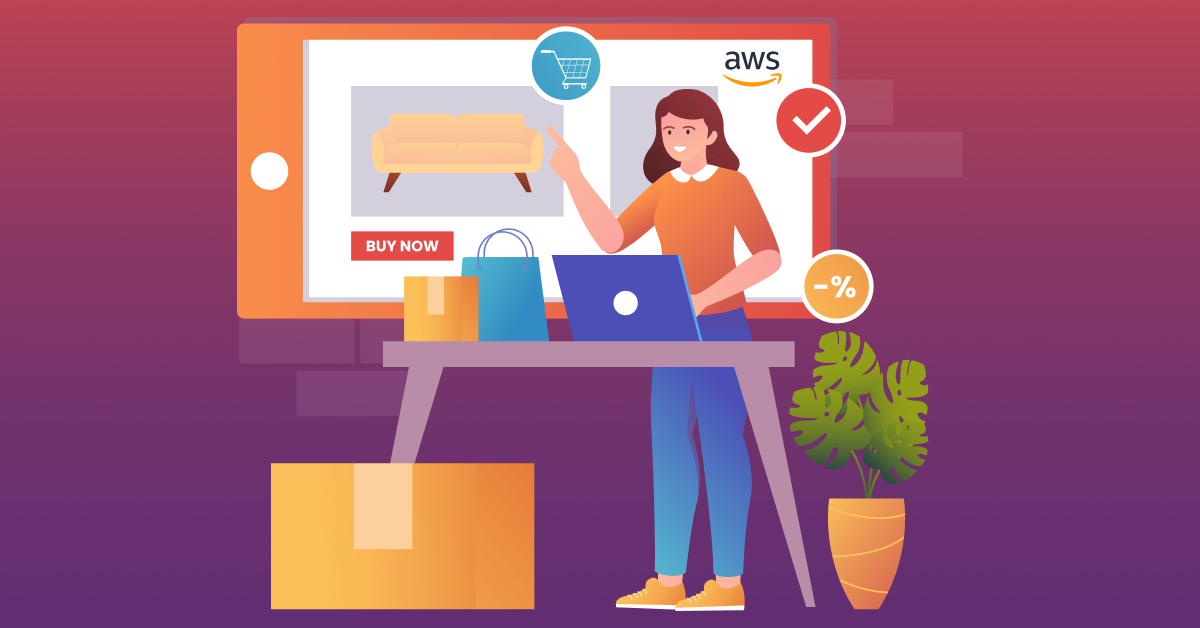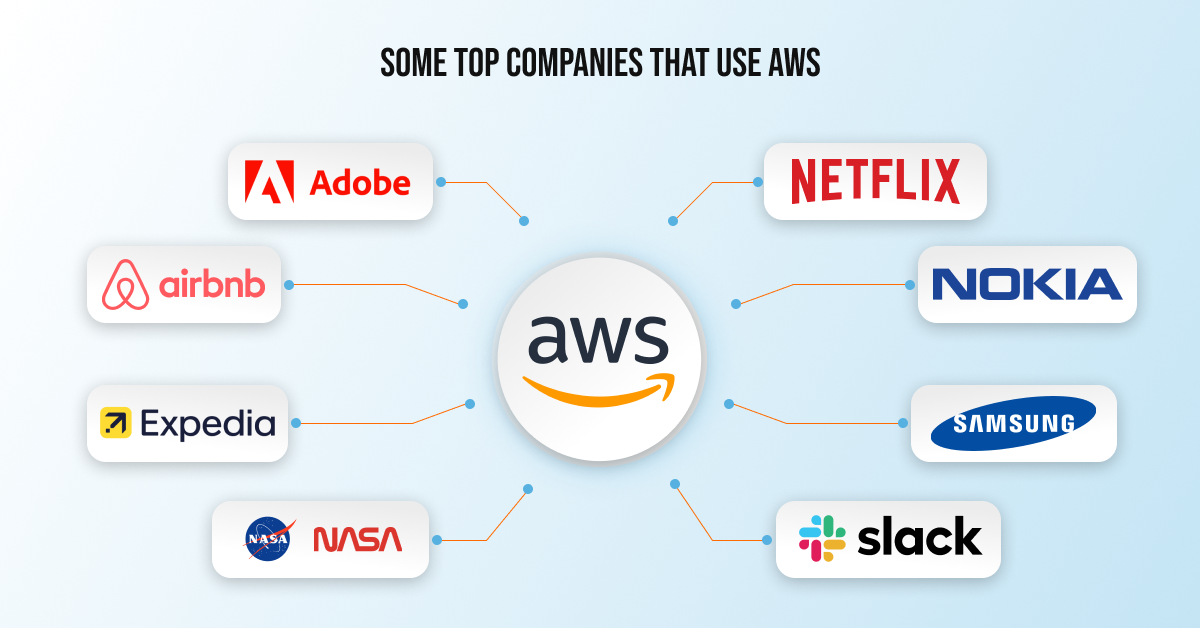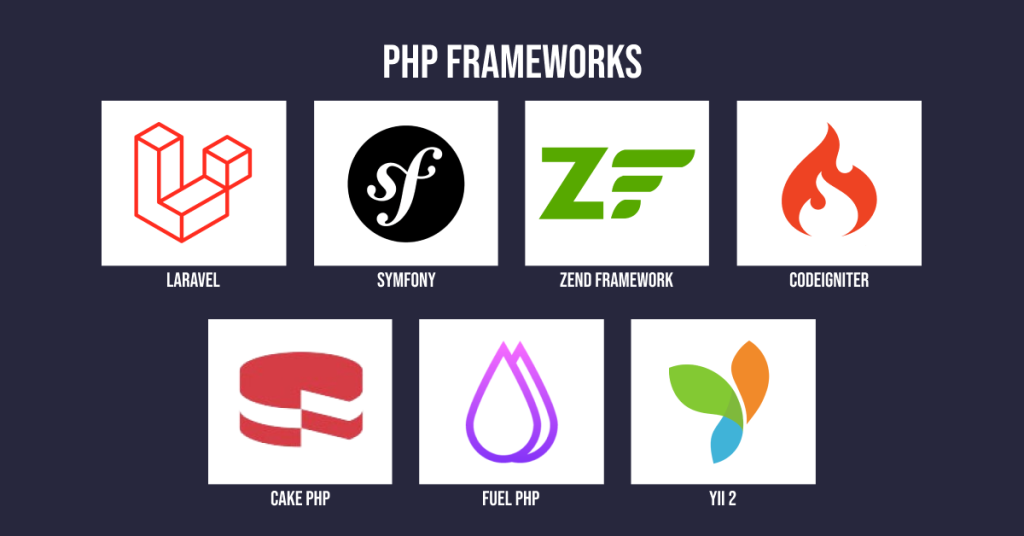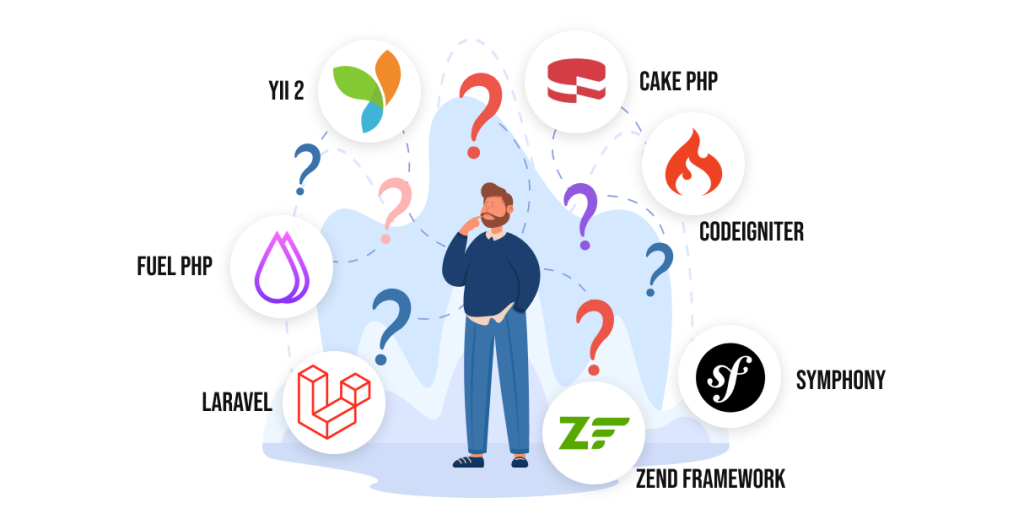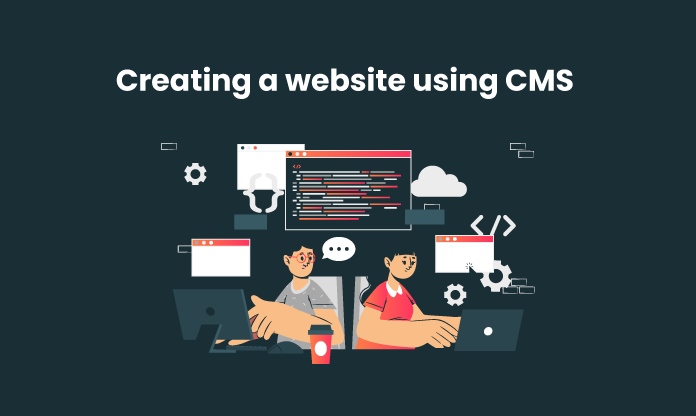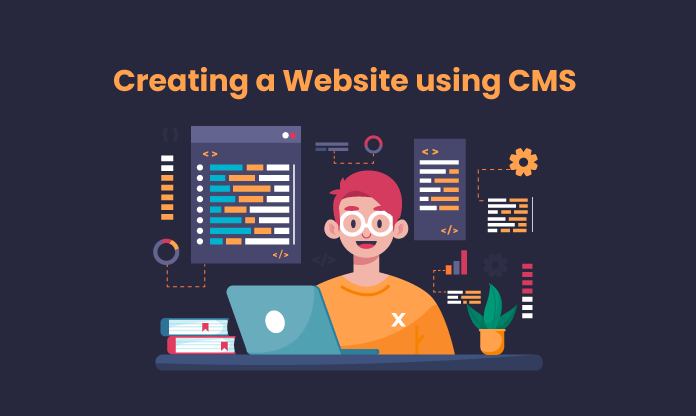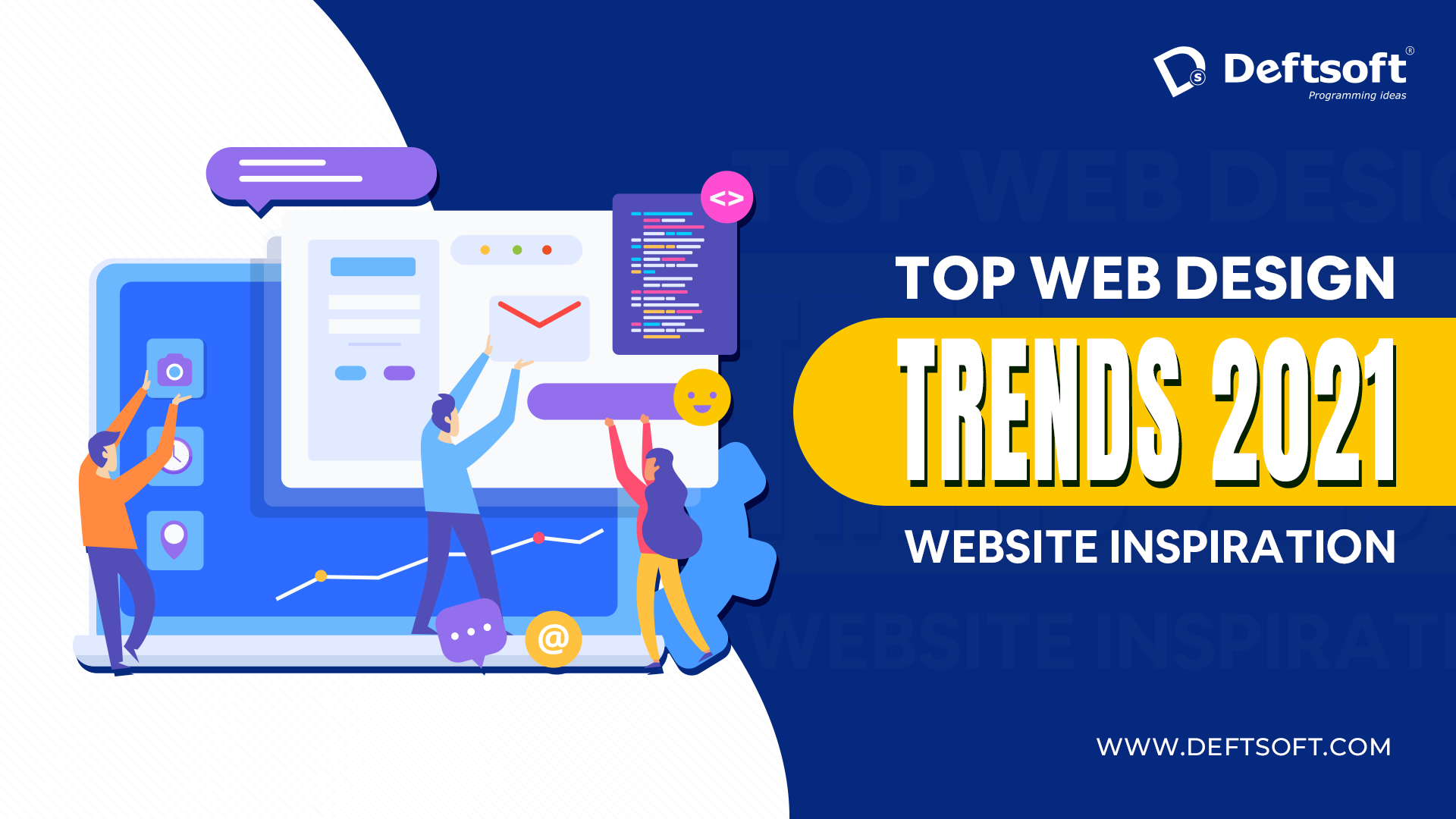Drupal is the first choice of Content Management System (CMS) for sophisticated developers. Released on 15th January 2001, Drupal is written in JavaScript and PHP. It is one of the leading platforms for web application development. No wonder the creators keep on evolving the technology for supercharged performance.
Drupal founders just released the latest version of Drupal, Drupal Core 10.2.2., which was released on January 17, 2024. It is by far the most potent version of the CMS. This blog is a comprehensive guide on the latest features of Drupal 10, the requirements to upgrade to Drupal’s latest version, and how to upgrade to it.
Let’s get started.
What is Drupal?
Drupal is a free and open-source content management system (CMS) written in PHP (Hypertext Preprocessor) and JavaScript. Based on the LAMP stack, it is a wonderful solution for developers to build high-quality web applications. The features can be added or eliminated with the help of modules, making it a flexible CMS.
Although Drupal 10.0.0 was released back in 2022, right after the release of Drupal 9, the latest version of Drupal, i.e., 10.2.2, is something to talk about. Let’s talk about the highlighting features of the Drupal’s latest version.
What are the Key Features of Drupal 10.2.2?
Drupal 10 is a significantly elevated version of Drupal 9, eliminating the deprecated code, i.e., the dead code. Upgrading to Drupal 10 is not just for security concerns but for new media libraries and more user-friendly content options.
The main features of the latest version of Drupal (Drupal 10.2.2) are as follows:
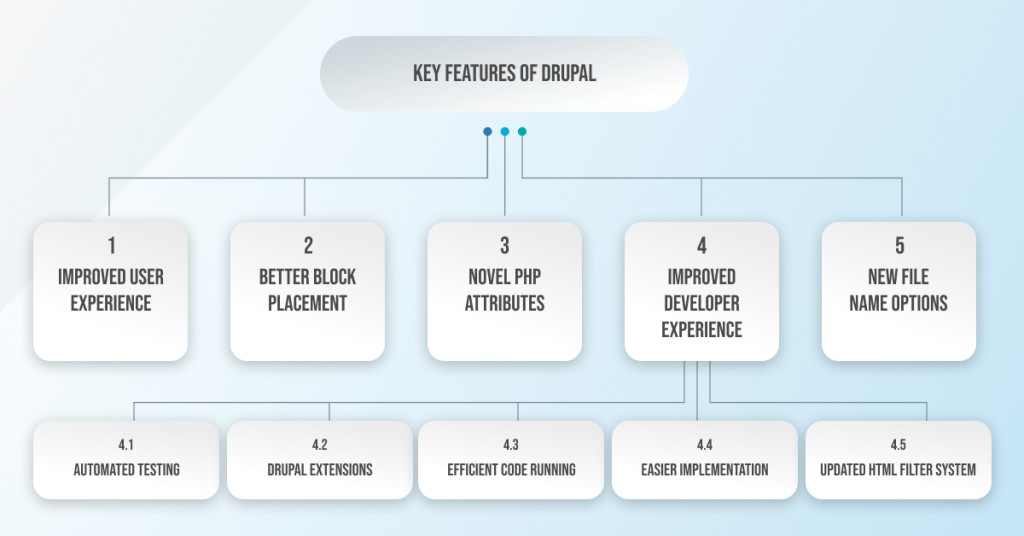
1. Improved User Experience
Content management is more accessible in Drupal as it provides an enhanced user experience. It can manage different types of content:
- Field types for new fields are now visually listed.
- You can add a child item from dedicated options in the menu items. This means easier item placement.
- Review and manage older media items through a user interface.
- Configure CKEditor’s language selector to show only the supported languages.
2. Better Block Placement
You can now show or hide blocks based on HTTP response status, especially when the page is not found (404) or access is denied (403).
3. Novel PHP Attributes
A modern PHP language feature is added to the new version of Drupal. The Drupal core can now adopt PHP attributes, which offers an enhanced developer experience for plugin annotations. Block and Action plugins can be converted to the new API.
4. Improved Developer Experience
- Automated Testing:
Use PerformanceTestBase to support automated testing of performance metrics. A developer can now send OpenTelemetry traces to an open telemetry endpoint.
- Drupal Extensions:
The DeprecationHelper::backwardsCompatibleCall() method helps developers write Drupal extensions that are compatible with multiple versions simultaneously.
- Efficient Code Running:
Drupal can run different code while waiting for an asynchronous operation due to the addition of PHP Fibers to BigPie and Renderer.
- Easier Implementation:
Strict testing is now supported for configuration validation and is easier to implement.
- Updated HTML Filter System:
The filter system and HTML utility classes are updated to produce HTML5 syntax (earlier, it was XHTML).
5. New File Name Options
Using the new built-in file name sanitization options, you can now replace whitespace in file names, transliterate text, and convert to lowercase.
Other Significant New Features of Drupal 10.2.2 Include the Following:
- Permission management is now easier to perform with the filter option.
- Improved performance with bug fixes for content rendering, HTTP responses, and enhanced caching APIs.
- Drupal 10.2 is compatible with the latest version of PHP, which is PHP 8.3.
- Announcements Feed module is more stable and is pre-downloaded by default.
- The Help Topics module is now integrated into the core Help module.
Are there any Major Additional Updates in Drupal 10?
Apart from the key features of Drupal’s latest version, there are also some third-party and theme updates in the new version. These are as follows:
1. Third-Party Updates:
- CKEditor 5
The editorial experience is now enhanced for content management in Drupal version 10, thanks to the CKEditor 5. It is a text data management entity. It has now been upgraded to align with the modern JavaScript application development.
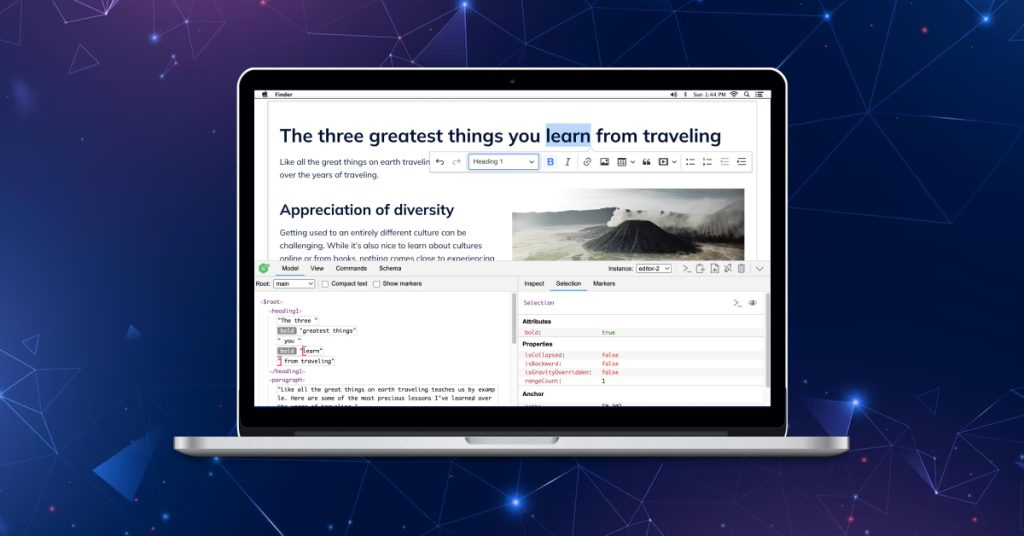
CKEditor 5 is the default editor in Drupal 10.
- Symfony 6
Leveraging the power of Symfony 6 in the backend processing enhancements. You need to use a minimum of PHP 8.1. There are significant improvements in various areas like locales, services, routing, etc.

This tool sets the foundation for the Drupal 10 version and brings forth significant enhancements in the software.
- Twig 3
The latest version of Twig is now upgraded with the Drupal 10 version. It offers secure, flexible, and quick PHP templates. It is one of the most valuable tools for designers and developers.

2. Theme Updates:
- Olivero
Drupal now comes with a new default theme, Olivero. Although it is present in Drupal 9, it has more enhanced capabilities in the latest version of Drupal. A developer can quickly launch a simple website by using the Olivero. He can also build a custom theme from scratch.
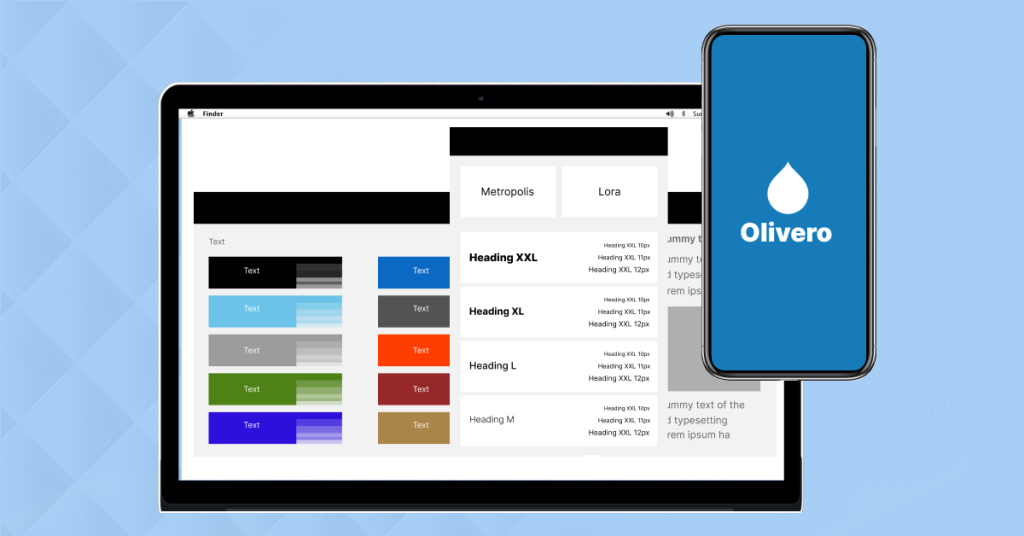
- Claro
Claro is now the default admin theme for Drupal 10.2. It is a powerful, clean, and accessible admin theme that represents a modernization of JavaScript. It has a user-friendly design interface that helps content authors and site builders. It accepts all the tools, workflows, and practices that are in tune with the JavaScript developers.
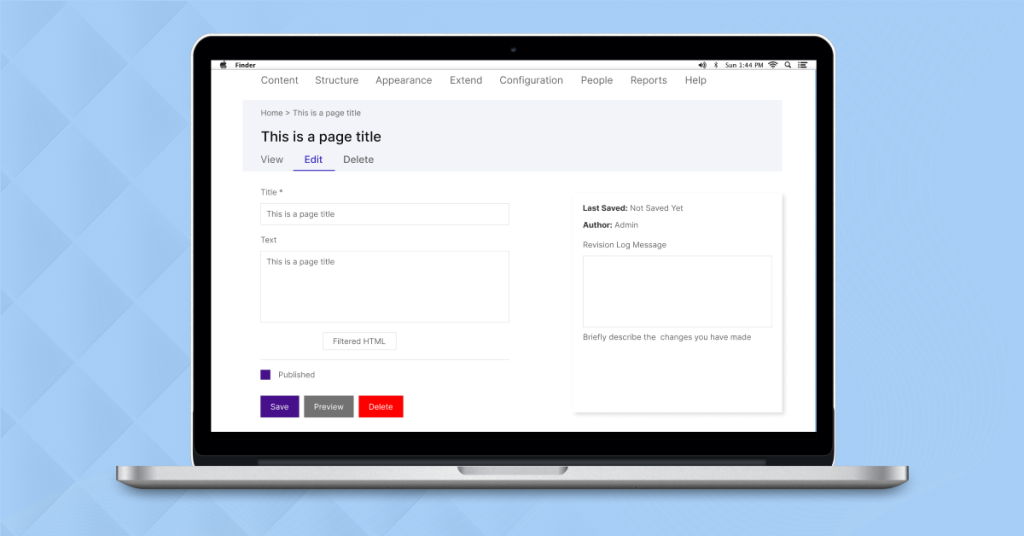
What are the Requirements to Upgrade to Drupal 10?
If you’re downloading Drupal for the first time, you don’t need to tangle yourself in fuss. You can download it from here.
However, if you’re an old Drupal user and wish to upgrade to a newer version of the software, you need to consider the following diagram first.
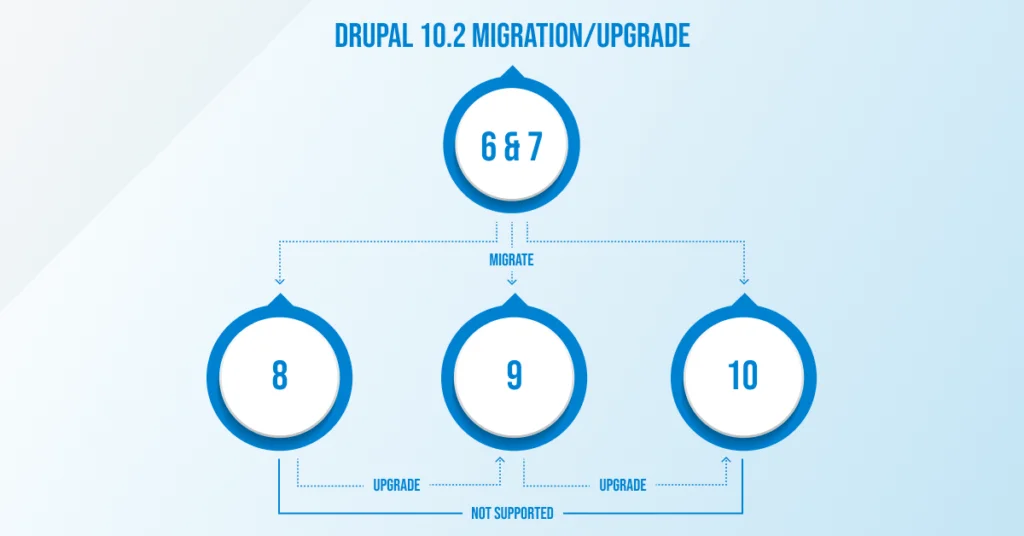
Based on the current Drupal version you’re on, you can check the following requirements accordingly:
- Drupal 7
You need a complete site migration to Drupal 10.2.2.
- Drupal 8
You cannot directly upgrade to Drupal’s new version. You first need to upgrade to the Drupal 9 version and then gradually go for the latest version.
- Drupal 9
The Drupal 9 version has already matured; therefore, you must upgrade to Drupal 10.2. The steps to upgrade to Drupal 10.2 from Drupal 9 are as follows:
- Install and enable the Upgrade Status Module. An environment readiness check notes down everything in the UI you need to upgrade to the latest software version.
- Upgrade the modules as required. Drupal Rector is required to fix the incompatibilities for custom code.
- Finally, you can upgrade to Drupal 10.2.
Need Help with Drupal Upgrade? We’re Here
Deftsoft is a new-generation Drupal development agency. We have a team of experienced web developers who work to offer the best custom services. Our experts have covered everything from website creation to Drupal migration/upgrades.
Talk to our experts for the best website development services related to Drupal.
FAQs:
Which is the latest Drupal version?
The Drupal 10.2.2 is the latest version of the Drupal. Drupal is a web development platform written in PHP and JavaScript. It can also be used by designers to design websites. The software competes with other website-building platforms, such as WordPress and Joomla. The latest version has significant updates with new UI themes, third-party app updates, and other performance features.
Is Drupal 9 open source?
Drupal 9 is the predecessor version of Drupal before its latest version, i.e., Drupal 10. It is a free and open-source web application development software. With enhanced performance capabilities, Drupal can be extended and used by anyone across the globe.
Is Drupal 10 faster than Drupal 9?
Since the ‘deprecated’ or ‘dead’ code is eliminated in the Drupal 10 version, it is also referred to as Drupal 9.5. This is why the latest version of Drupal is supposed to work faster than the older version. There are also a bunch of bug fixes that help speed up and optimize the performance of the Drupal 10 version.
Why Drupal 10 is better?
Drupal 10 is way better than the older version because of some notable reasons. Some of them include that it does not have the deprecated code, has improved performance, enhanced user experience, and uses the latest version of third-party entities such as SKEditor 5, Twig 3, and Symfony 6. It also has some significant theme updates, including Claro and Olivero, making the website development process seamless.
Is Drupal 10 headless?
Yes, Drupal 10 is headless as it is built on Drupal’s 8 API-first architecture. It is also one of the best-decoupled solutions in the CMS industry. Also, Drupal 10.2.2 is the best version of the software as it offers power-packed performance and no deprecated code, and developers/designers can play around with various themes and third-party entities.
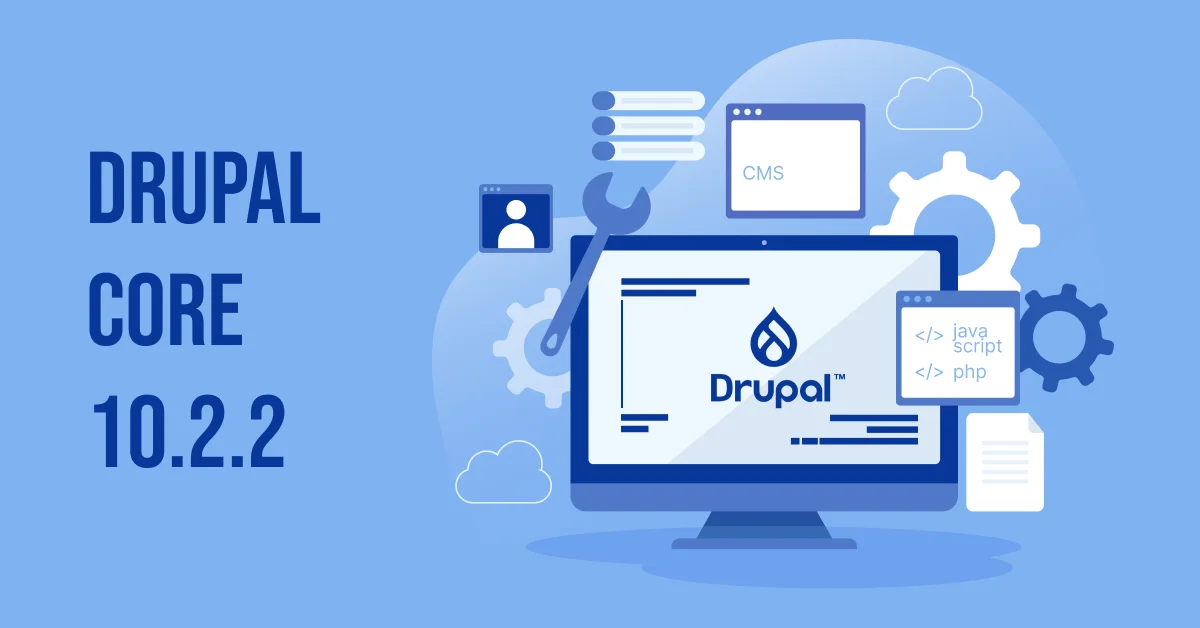
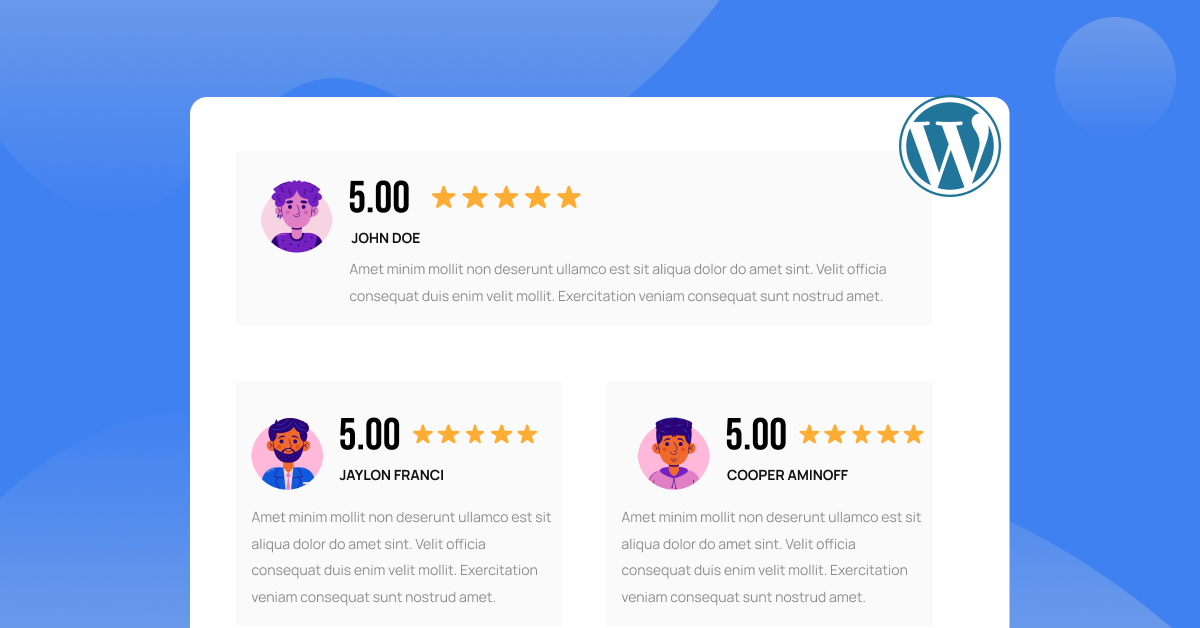
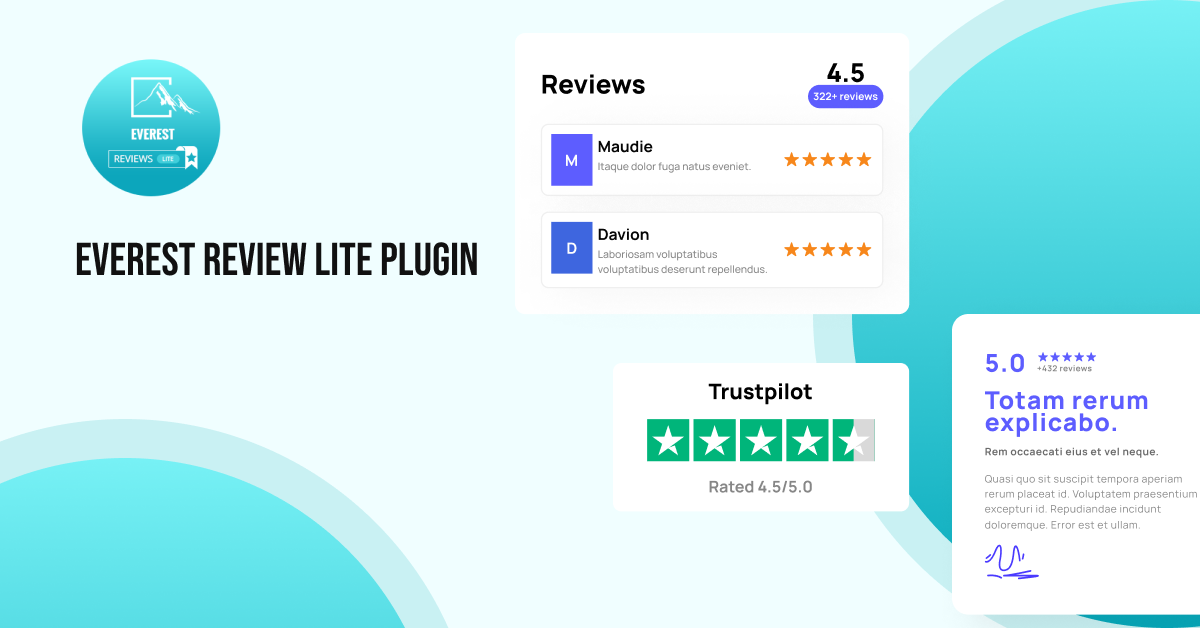
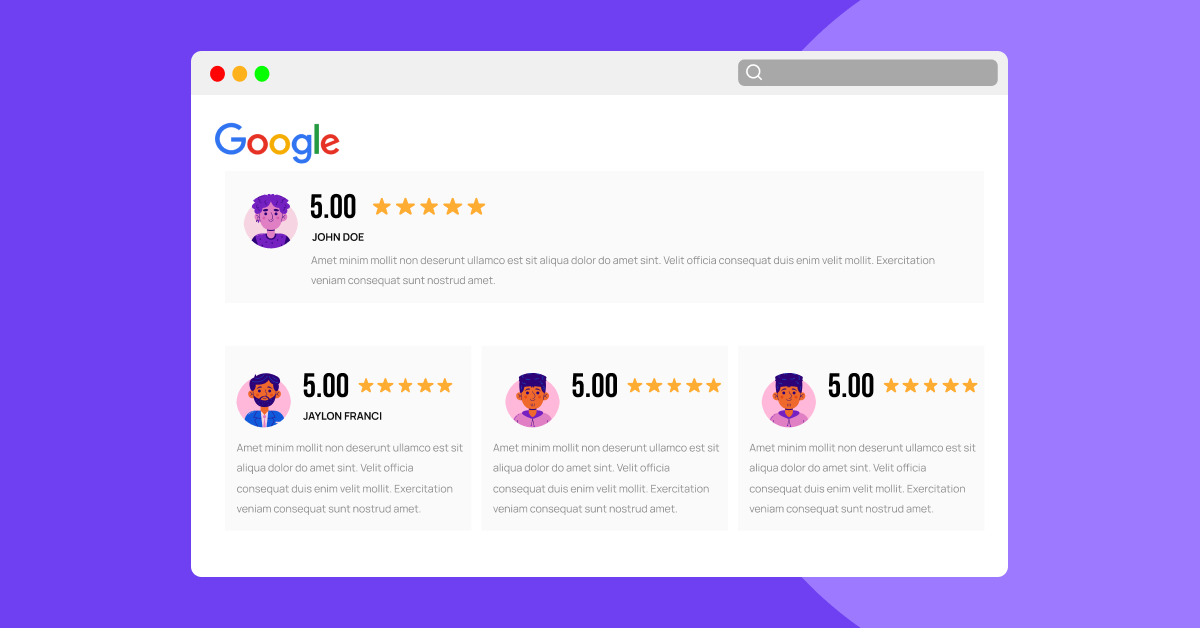
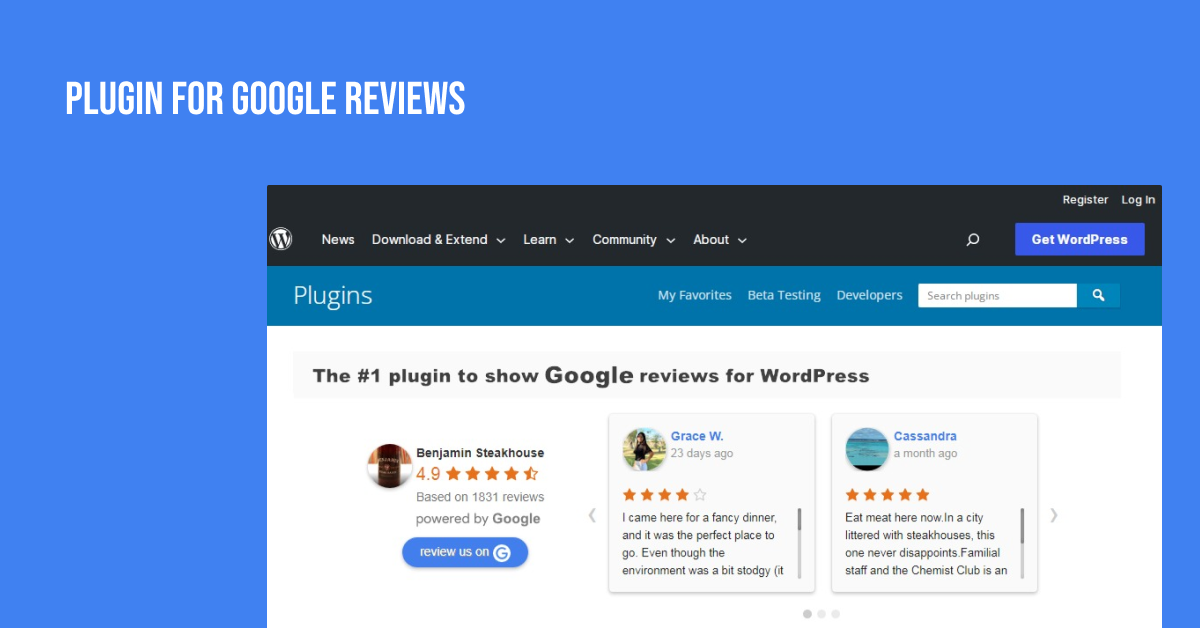

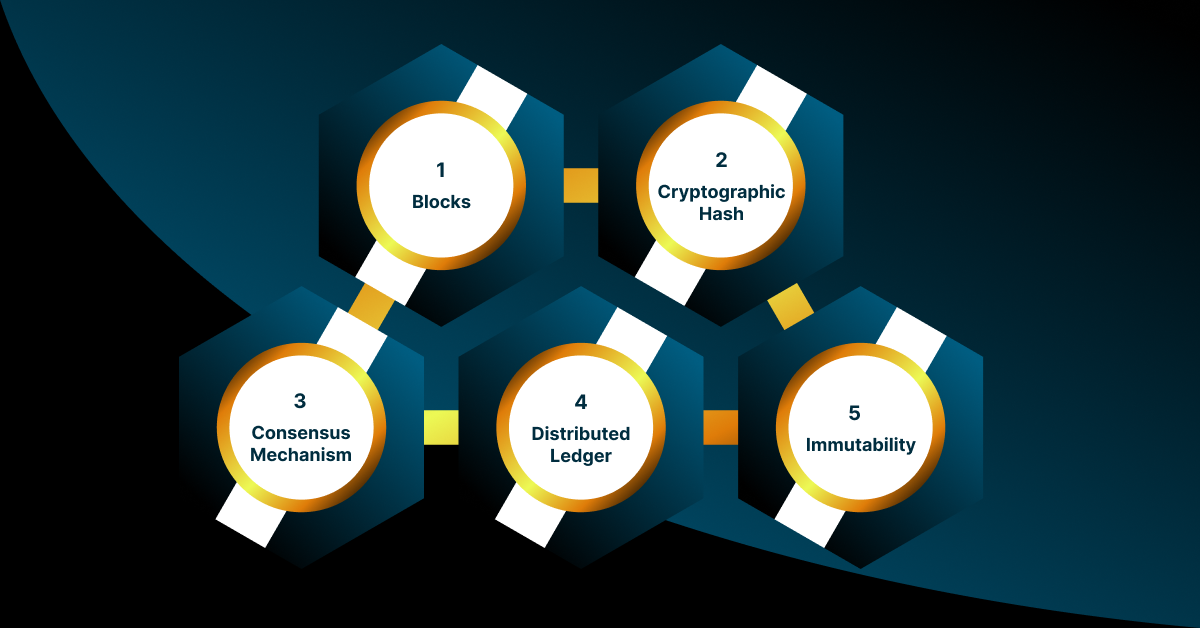 To understand how a blockchain works, it’s essential to grasp its key components and how they interact:
To understand how a blockchain works, it’s essential to grasp its key components and how they interact:

